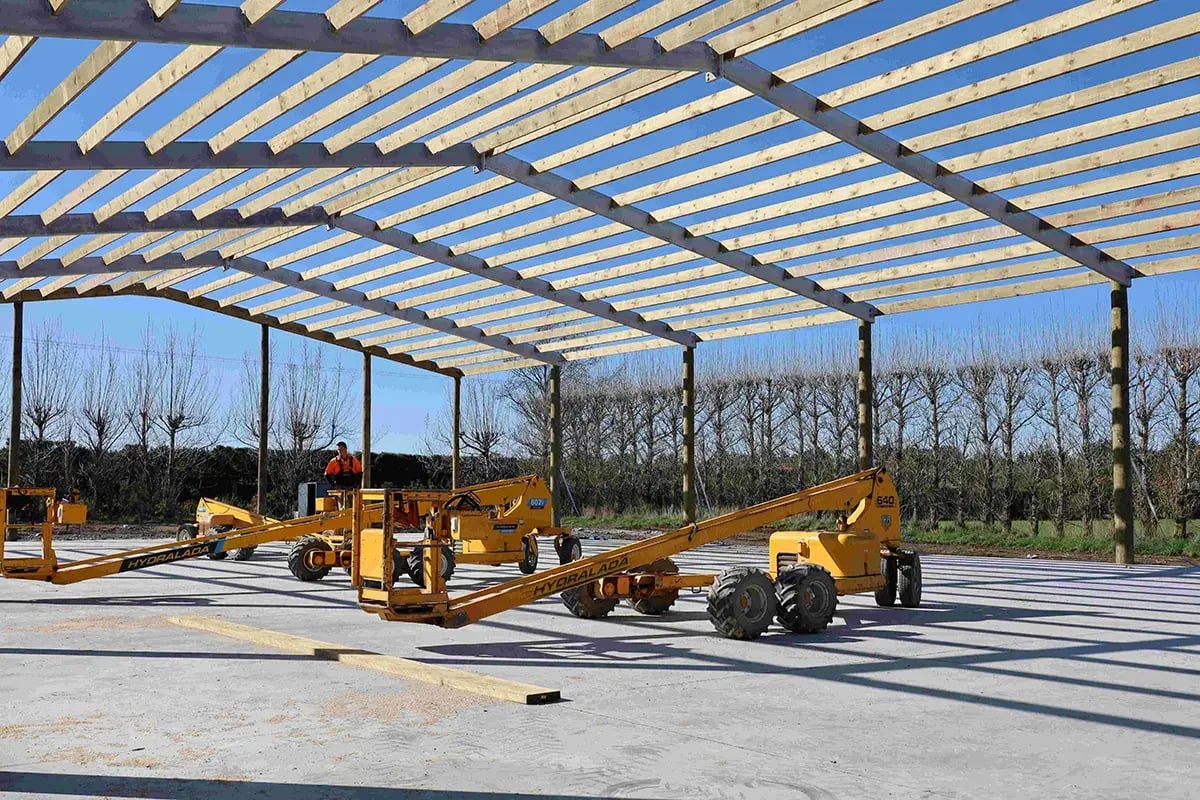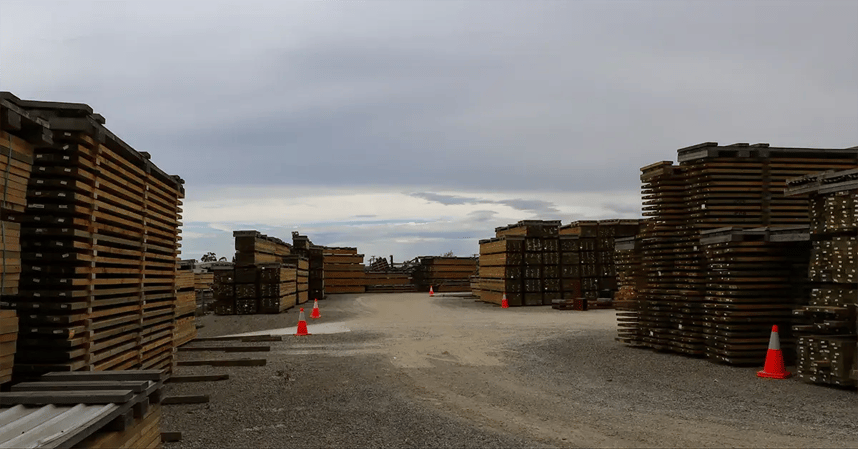Imagine this: You’ve finally purchased the perfect shed to store your tools or create that long-awaited workspace. But as you begin the installation, you quickly realise it’s not going as smoothly ...
November 5th, 2024
5 min read
By Lali McLean





.png?width=858&height=571&name=Untitled%20design%20(24).png)



.png?width=800&name=Concrete%20floors%20blog%20(1).png)